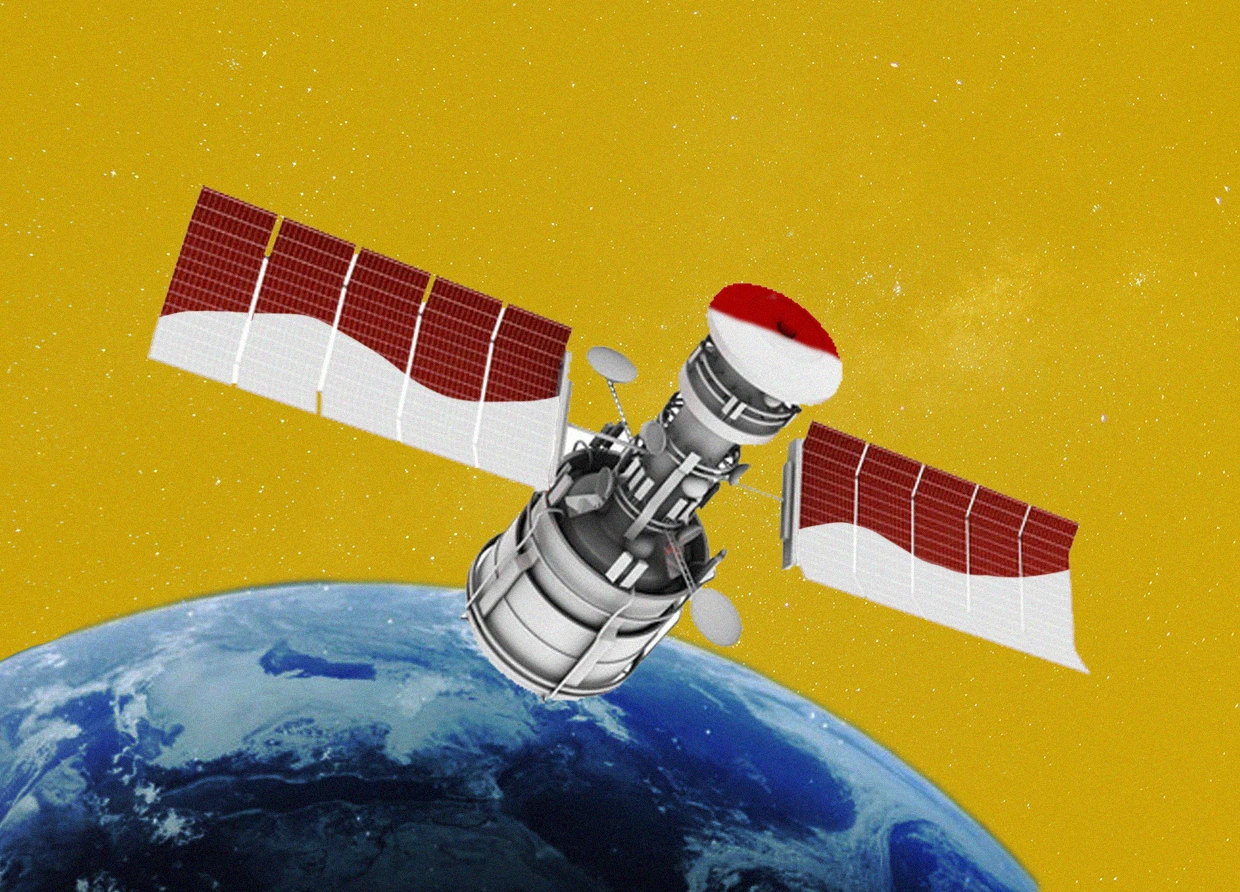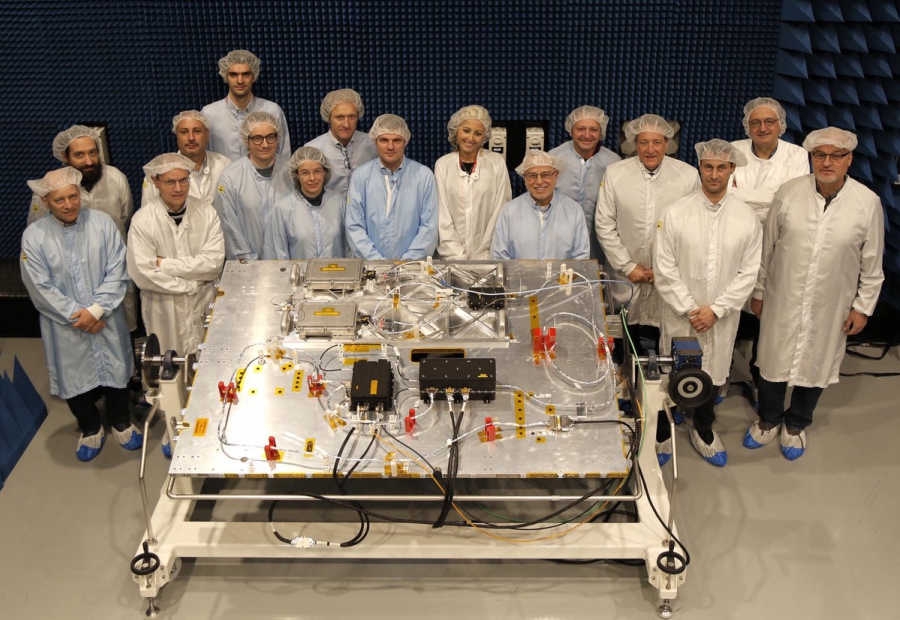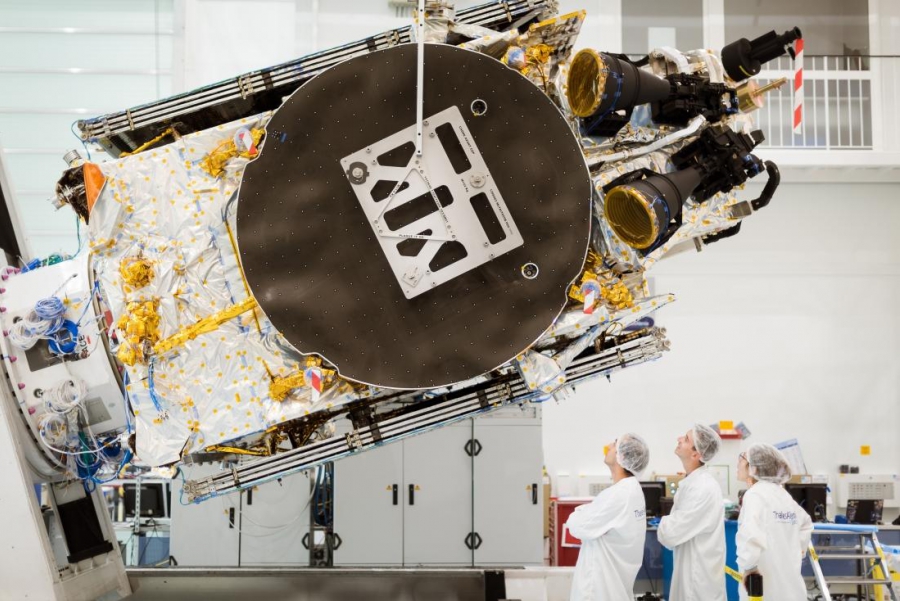HISTORY OF PALAPA SATELLITES: THE FIRST SPACE STATION IN SOUTHEAST ASIA
Learn about the history of Palapa Satellite.

About 45 years ago, on July 9, 1976, the day became a new milestone that made us proud as Indonesia launched its first artificial satellite, named Palapa. With its vast territory, Indonesia has a big challenge because most of the areas are archipelagos. Communication is not an easy thing to execute.
Uni Soviet firstly launched the artificial satellite in 1957 named Sputnik 1. The Soviets initiated rocketry and space exploration programs in the 1930s as part of Stalin’s plan for building an advanced, industrial economy. Many early projects were tied to the Soviet military and kept secret, but by the 1950s, space would become another dramatic arena for competition between duelling world superpowers.

On October 4, 1957, the USSR publicly launched Sputnik 1—the first-ever artificial satellite—into low Earth orbit. The success of Sputnik made Americans fear that the U.S. was falling behind its Cold War rival in technology.
Over the past few years, this competition has been felt by various other countries on other continents, including Asia. In a book titled Jalan ke Bogor; Palapa dan Wanita Papua" written by Klauss G. Johannsen, Palapa was a project that was too risky for national prestige.
Ishadi Soetopo Kartosapoetro and Sumarsono Soemardjo, Dunia Penyiaran: Prospek dan Tantangannya in 1999, said that Indonesia was a third country in the world after Canada and the US, which built a communication system with domestic satellite. That's why the launch of the Palapa satellite on first-generation became 'something to be proud of' for Indonesia.
The history of the Palapa satellite
They were written in Jakarta Post, The moment of 6:31 a.m. Western Indonesian Time on July 8, 1976, or 7:31 p.m. local time in Florida, the US, was significant in Indonesia’s history. It was the time the Palapa A1 Indonesian communications satellite was launched from Kennedy Space Center in Cape Canaveral. The satellite was launched using a McDonnel Douglas Delta 2914 rocket and was put at a geostationary orbit of 83 degrees east. The satellite became fully functional on Aug. 16, 1976.
Next, the Palapa A2 satellite was launched on March 10, 1977, in Florida (March 11, 1977, at 6:16 a.m. Western Indonesian Time). It was found using another McDonnel Douglas Delta 2914 rocket and was put at a geostationary orbit of 77 degrees east.

The Palapa A1 and Palapa A2 satellites had 12 active transponders that could each serve 400 telephone circuits, 800 telephone channels, or analogue television channel signals. The A-generation Palapa satellites had a cylindrical shape, with a diameter of 2.16 meters and a height of 2.84 meters. They had a design life of seven years. Palapa A1 reached the end of its design life in 1983 and Palapa A2 in 1984.
It was then decided that the satellites’ transponder capacities should be increased as, other than for domestic needs, several neighbouring countries wanted to rent the ability. The B-generation satellites were then designed with 24 active transponders and longer life than the A-generation satellites. The B1, B2P, and B2R satellites were designed to last eight years and the B4 satellite for 12 years.
#THE S MEDIA #Media Milenial


























